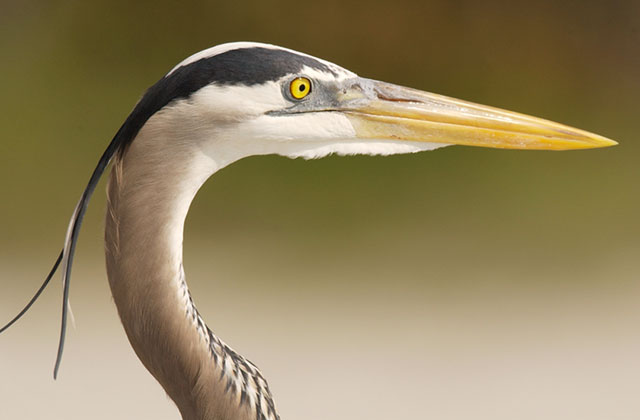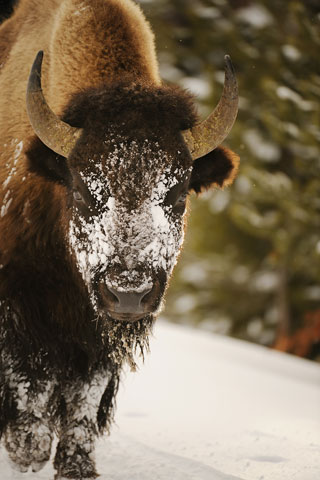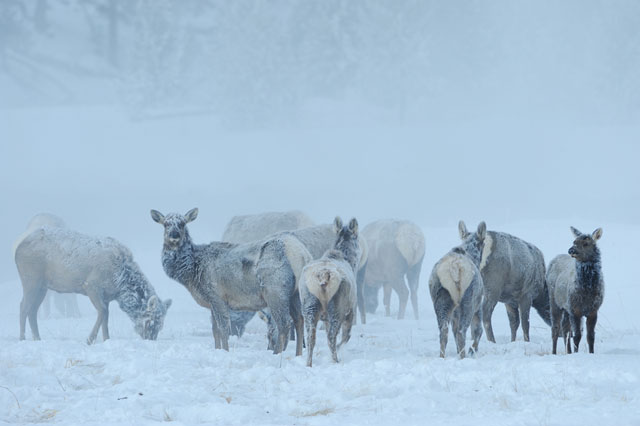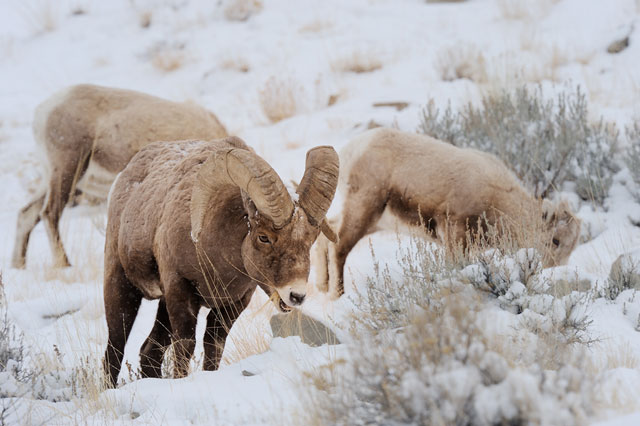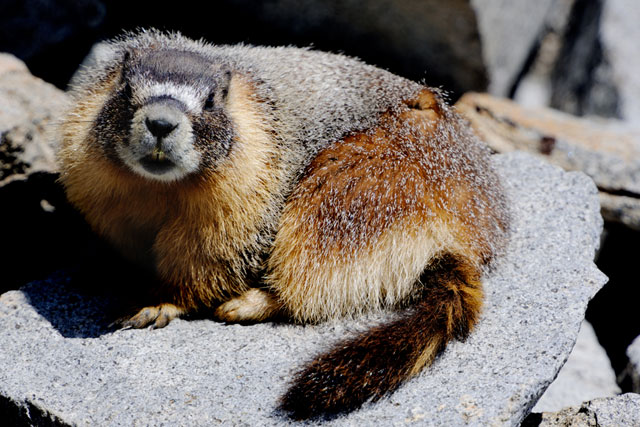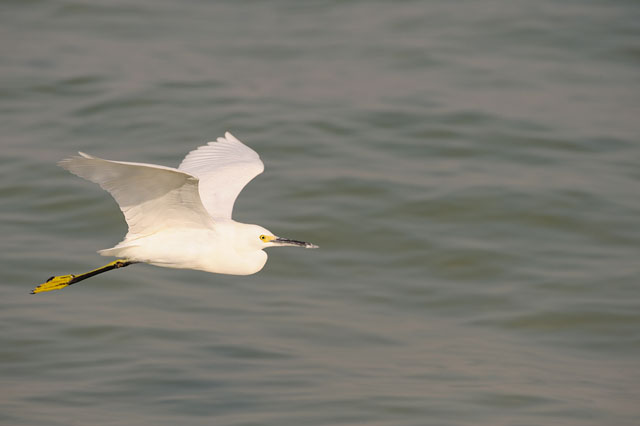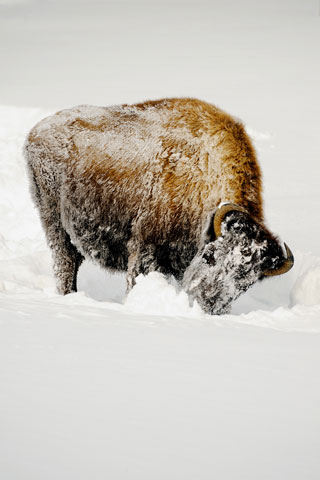Moose Peterson: Using the Right Lenses for the Job
You can hike into the great outdoors with a fully-loaded backpack, ready for any and all possibilities, and I won't tell you that's not the way to go. But you can also pare down the gear to a body or two and two lenses and still get the job done.
I've recently been photographing with two lenses that totally complement each other and make for the perfect duo for a wildlife photographer: the AF-S VR Zoom-NIKKOR 70-300mm f/4.5-5.6G IF-ED and the AF-S NIKKOR 600mm f/4G ED VR.
To understand how these two work together, we first need to get past the stereotypes. Telephoto lenses do make it easier to make distant subjects appear bigger in the viewfinder and in the final image, but that’s not making the most of the gifts these lenses offer. We want to take advantage of the angle of view and the perspective they bring to our photography. The 70-300mm has an angle of view of 8 to 34 degrees; the 600mm, 4 degrees, and it's because of these factors that the 70-300mm is the perfect lens for big game and the 600mm is the perfect lens for birds.
Our challenge in wildlife photography is to convey in our image all that we sense at the point of capture. For instance, magnificent Rocky Mountain elk and bighorn sheep are iconic symbols of the wilderness, and to be effective and dramatic, our images need to reflect that fact. A lens like the 70-300mm will compress the image—in effect, making the background appear closer to the subject. That's exactly what you want to express: these subjects are powerful parts of the landscape.
Birds are quite the opposite. They represent the colorful, sweet and fragile side of nature. Their presentation requires removing elements that might take a viewer's eye away from them. Unlike big game, they don’t scream wilderness. We need to include enough of their world to tell their story, but we also need to eliminate the distractions that are often part of that world. That’s where the 600mm comes in. Its very narrow angle of view permits us to make big visual changes with very small physical moves.
How about shooting big game with the 600mm? What about getting close and using the 70-300mm for birds? In certain situations that'll work—and that, too, is why these two lenses are the perfect combo.
My favorite setup is to have the 600mm on my D3X, carried over my shoulder on the tripod, and the 70-300mm on my D3, hanging from my other shoulder. Wildlife is unpredictable, and when I go out to photograph mule deer, a mountain bluebird might perch on a post nearby. Or when I'm out photographing an upland sandpiper, a pronghorn buck might come over the rise to say hello. With those two lenses, I'll have the long and short of it covered.
 |
B. Moose Peterson has been an NPS member since 1984. |

